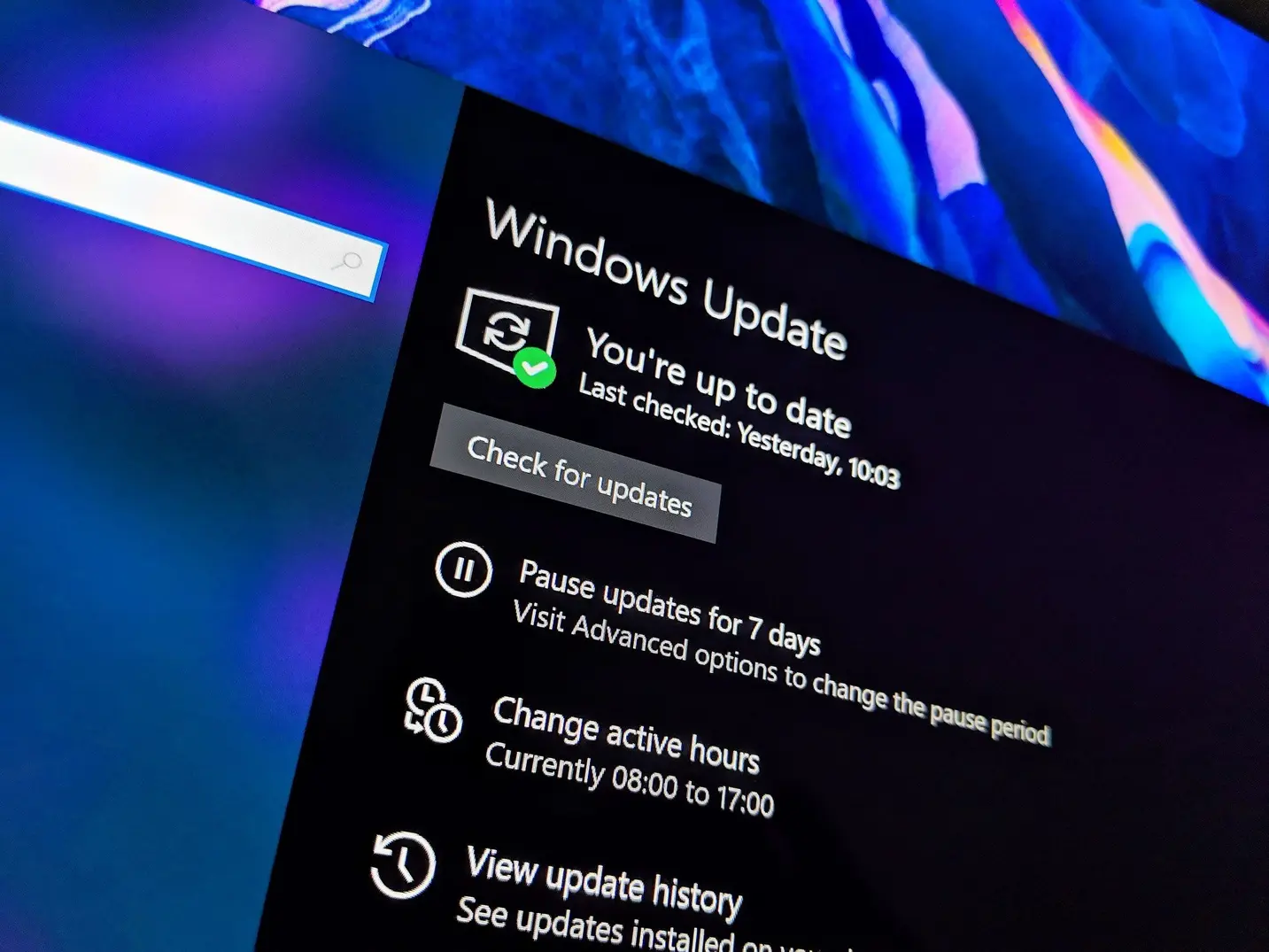T4K3.news
Windows 10 support ends October 2025
Microsoft ends Windows 10 support on October 14 2025. Upgrade to Windows 11 if your PC qualifies, or opt for ESU to buy time.
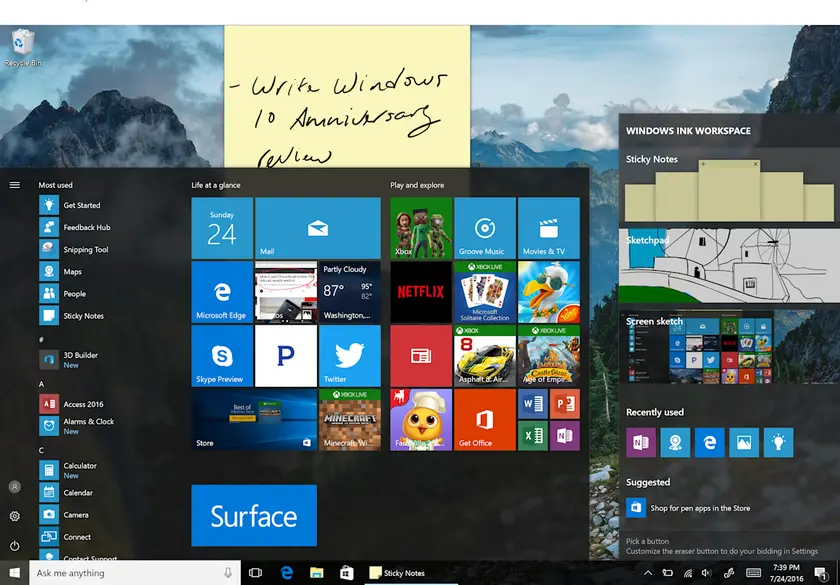
Microsoft ends Windows 10 support on October 14 2025, forcing a choice between upgrading to Windows 11 or using a paid ESU for a limited security extension.
Windows 10 Support Ends and Users Face Upgrade Choices
Microsoft has set an end date for Windows 10 support: October 14, 2025. After that, devices can still run Windows 10 but will no longer receive security updates or official support. That creates a growing risk of unpatched vulnerabilities for users who stay with the older OS.
For most people, upgrading to Windows 11 is the practical path if their hardware qualifies. The minimum requirements are modest, but Windows 11 will need TPM 2.0 and Secure Boot for its enhanced security features. The PC Health Check tool can tell you if your device is ready, and the upgrade process itself is generally straightforward. Some quick workarounds exist to bypass hardware checks, but they carry security risks and are not recommended.
If a PC cannot meet the new requirements, buying a new computer is a sensible option. We offer buying guides and recommendations for current models that balance price and performance. An alternative for some users is Windows 10 ESU, which provides security updates through October 2026 for about $30. It buys time to plan a hardware upgrade, but it is not a long-term solution.
Key Takeaways
"Upgrade now before security gaps bite."
Concise call to action reflecting upgrade emphasis.
"ESU buys time but cannot replace a proper upgrade."
Notes the temporary nature of ESU as a bridge.
"TPM 2.0 is the gatekeeper to Windows 11."
Explains the hardware barrier to the upgrade.
"Your PC decides your OS destiny."
Emotional closing line about hardware limits.
The move reflects a broader push toward more secure, modern hardware and software ecosystems, and it sits at the intersection of price, security, and habit. Many users face a tight budget and a reluctance to upgrade hardware, even as the costs of staying with an unsupported OS rise. The ESU option is a stopgap that can ease the transition, but it also signals a fragmented market where some consumers will delay buying new devices while security remains a priority.
In the end, the decision comes down to pace and priorities. Upgrading now reduces risk and aligns with current software expectations, but it requires planning and sometimes a cash outlay. Delaying the move preserves current setup for a while but increases exposure to threats and compatibility issues with new apps and services.
Highlights
- Upgrade now before security gaps bite
- ESU buys time but cannot replace a proper upgrade
- TPM 2.0 is the gatekeeper to Windows 11
- Your PC decides your OS destiny
End of Windows 10 support raises security and budget risks
Ending Windows 10 support creates security concerns for users who cannot upgrade due to hardware limits. Without updates, vulnerabilities may be exploited. The ESU option is a one-year stopgap costing around $30, giving time to plan a replacement. Public reaction to upgrade requirements and perceived costs could trigger backlash.
The clock is ticking for a hardware and software upgrade that keeps your data safer.
Enjoyed this? Let your friends know!
Related News

Final Fantasy 14 ends support for Windows 10
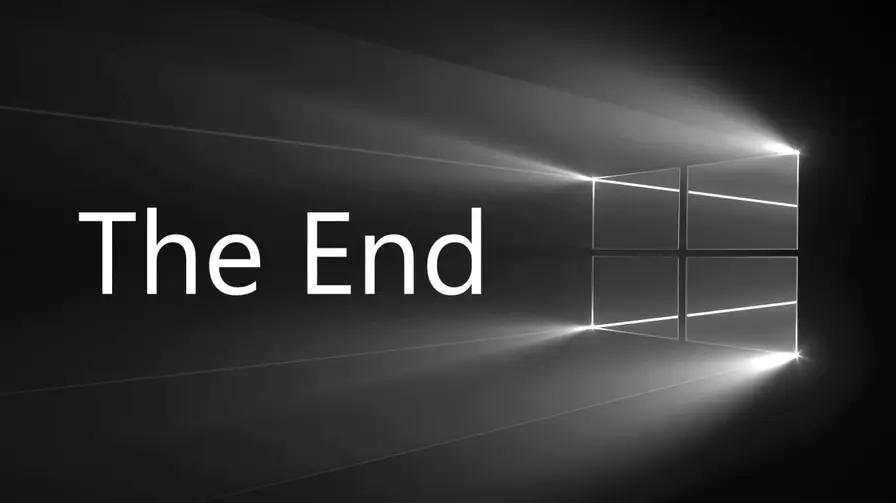
Windows 10 support ending soon
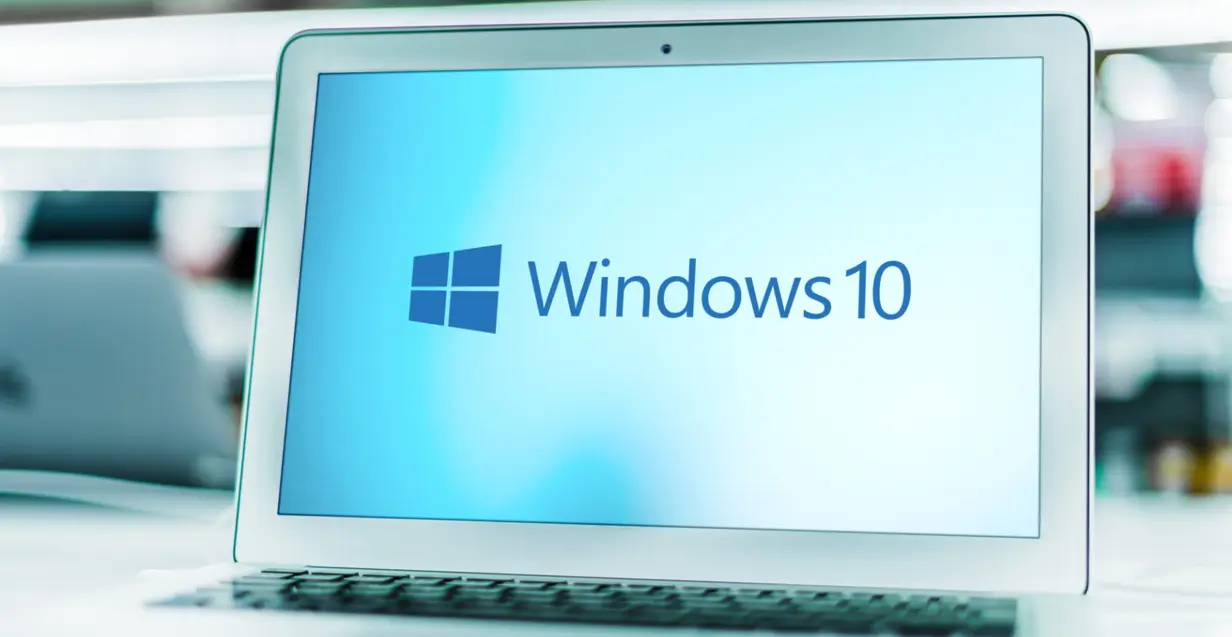
Windows 10 ESU enrollment opens

Microsoft offers free Extended Security Updates for Windows 10
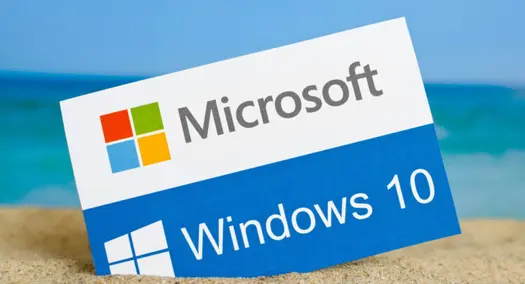
Microsoft stock slides on Windows 10 lawsuit
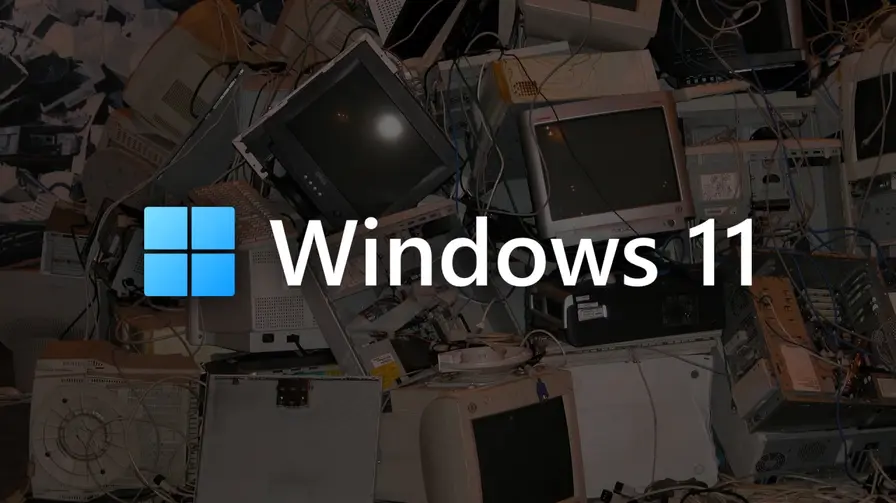
Guide to creating lightweight Windows 11 for unsupported PCs
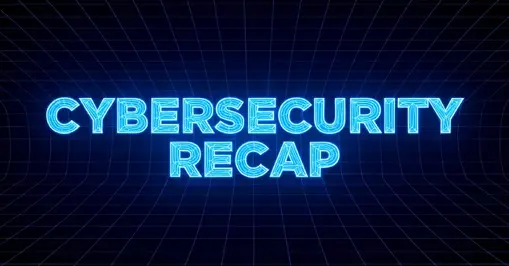
Cybersecurity Weekly Recap
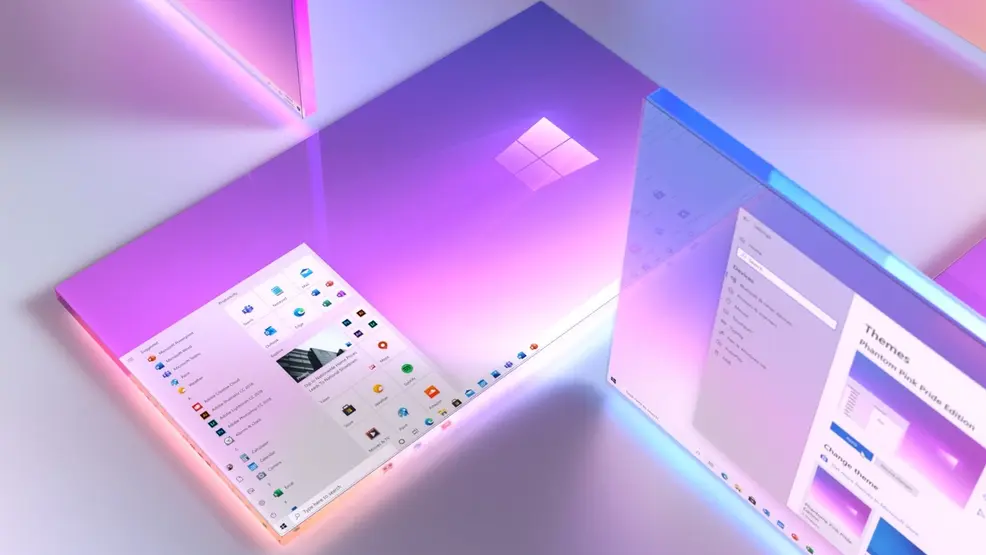
Windows 10 end of life prompts new upgrade choices
